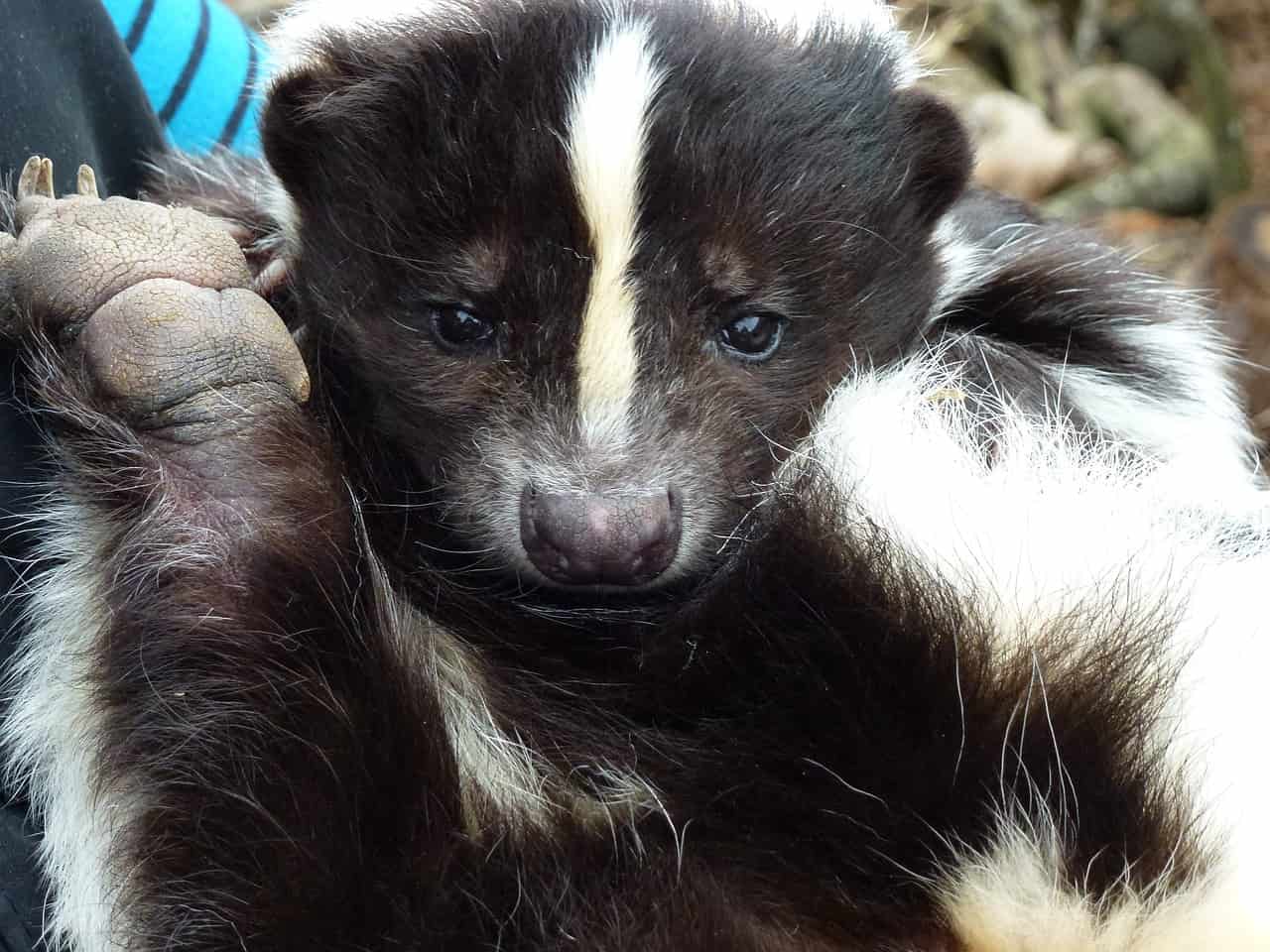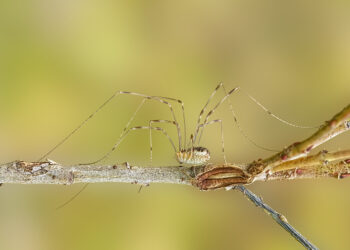
In the forests, fields, and backyards of North America, the striped skunk is an unmistakable sight. Its bold black-and-white stripes are more than just a fashion statement—they’re a warning. But why do some skunks have thick, symmetrical stripes while others sport patchy or asymmetrical patterns?
A new study reveals that the answer lies in the skunks’ predators and the risks they pose. Researchers at the University of Bristol, Montana, and California State University Long Beach found that the skunk’s iconic stripes are fading in certain populations. In places where skunks faced fewer predators, their distinctive stripes diminishes, a process termed ‘relaxed selection.’
Decoding skunk coloration

Professor Tim Caro of the University of Bristol likens warning coloration to nature’s stop sign, a visual deterrent against predators. When a predator sees a skunk’s stripes, they know their pungent spray is around the corner. The signal’s effectiveness hinges on its consistency across species. However, intriguing variations within the striped skunk species challenge this norm.
Intrigued, the researchers studied 749 museum specimens of striped skunks (Mephitis mephitis), which featured a spectrum of fur patterns across North America’s population, from monochromatic black to diverse stripe patterns to all white. They found that skunks in areas with more predators—especially mammals like coyotes and mountain lions—tend to have more uniform, symmetrical stripes. In contrast, skunks in safer areas, with fewer predators, show greater variation in their patterns.

to demonstrate variation in stripe signal that occurs between and at times within populations (Delaware), as well as a group in Chico, CA (bottom right)
demonstrating signal conformity with low variance that might be expected of aposematic species. Credit: Evolution.
“Our results indicate that relaxed predation pressure is key to warning signal variation in this species, whereas stronger pressure leads to signal conformity and stronger signals,” said Professor Caro.
“We now know why not all skunks look alike, and perhaps why members of other warningly colored species look different from each other.”
There are many other examples of relaxed selection in nature. Take, for instance, the curious case of flightless birds on remote islands. In these secluded havens, where predators are scarce, the wings that once carried these birds to safety become redundant. Evolution, in its ever-practical way, nudges these birds towards a flightless existence. The energy once devoted to powering flight muscles and maintaining aerodynamic feathers is now free to be channeled into reproduction and growth.
In ecosystems where food is plentiful and predators are few, smaller, more agile creatures often evolve into larger forms. This phenomenon can be observed in various species, from island-dwelling rodents to deep-sea fish.
In a similar vein, species that evolve in predator-free environments often lose their defensive mechanisms. For instance, certain mollusks in predator-free habitats have thinner shells compared to their kin in more dangerous waters. Also, snakes in isolated environments may exhibit less potent venom or none at all.
“If relaxed selection operates within species, it should do so across prey species too. More broadly, this study provides another brick in the wall of explaining the evolution of coloration in nature.”
Stripes and the environment
The study also found that environmental factors play a role in shaping skunk stripes. Skunks in humid areas tended to have darker pelages, following a well-known ecological rule called Gloger’s rule, which predicts that animals in wetter climates are darker. This may help them blend into their surroundings or protect against bacteria and UV radiation.
In snowy habitats, skunks had less white fur, possibly to stand out against the white background. It’s a balancing act. They need to be conspicuous enough to warn predators, but not so conspicuous that they become easy targets.
Striped skunks are a classic example of aposematism—the use of bright, conspicuous colors to warn predators of a potent defense. In the skunks’ case, that defense is a noxious spray from their anal glands, capable of deterring even the boldest attackers. But while aposematic signals are often thought to be uniform within a species, skunks display a surprising amount of variation in their stripes.
Interestingly, the study found no evidence that skunks use their stripes for camouflage at a distance, a strategy seen in some other aposematic species. Instead, their stripes seem to be all about boldness and contrast, designed to catch the eye of a potential predator up close. Skunks aren’t afraid to play around.
The findings appeared in the journal Evolution.






